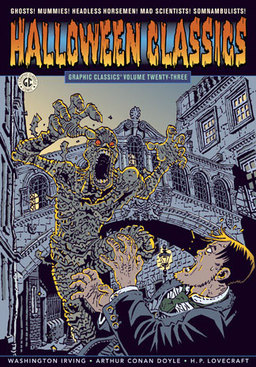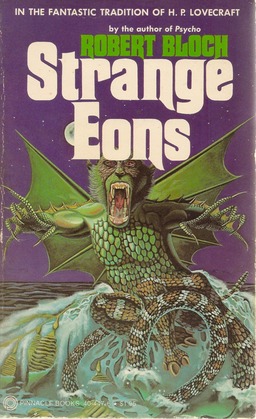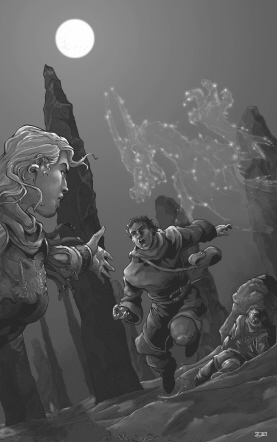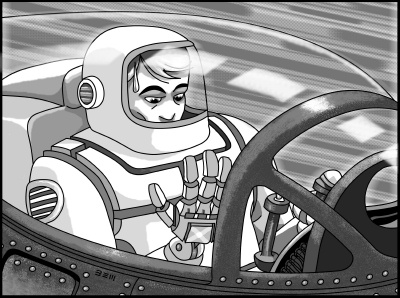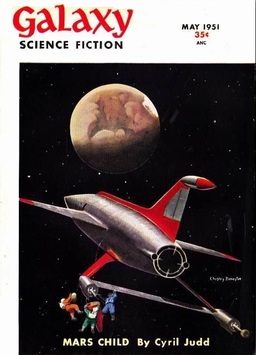The Cold Edge of Forever, II: City
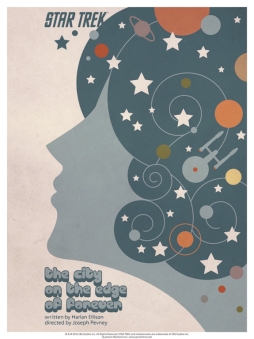 This is the second part of my attempt to write about Star Trek, and specifically the episode “The City on the Edge of Forever.” For reasons which I hope will soon make sense I started off yesterday by writing about the 1954 short story “The Cold Equations.” What I’m about to try to do is tie that into a discussion of the Trek episode, and then go on to look at that episode in the context of the show overall. I am going to assume in what follows that you’re familiar with the episode (the plot synopsis is here; if it helps, it’s the one with the Guardian of Forever, where Kirk and Spock travel back to 1930), and that you know things like who Captain Kirk is, and who Mister Spock is, and so on and so forth. This I think is a fair assumption. Everybody knows these characters. Which is a part of why I want to talk about the episode, and its context. So before anything else, I want first to talk about the exercise of unknowing them. (And as an aside, the poster at right is by artist Juan Ortiz, who did an image for every episode of the original series. Worth taking a look at, and the whole run has been collected in a single book.)
This is the second part of my attempt to write about Star Trek, and specifically the episode “The City on the Edge of Forever.” For reasons which I hope will soon make sense I started off yesterday by writing about the 1954 short story “The Cold Equations.” What I’m about to try to do is tie that into a discussion of the Trek episode, and then go on to look at that episode in the context of the show overall. I am going to assume in what follows that you’re familiar with the episode (the plot synopsis is here; if it helps, it’s the one with the Guardian of Forever, where Kirk and Spock travel back to 1930), and that you know things like who Captain Kirk is, and who Mister Spock is, and so on and so forth. This I think is a fair assumption. Everybody knows these characters. Which is a part of why I want to talk about the episode, and its context. So before anything else, I want first to talk about the exercise of unknowing them. (And as an aside, the poster at right is by artist Juan Ortiz, who did an image for every episode of the original series. Worth taking a look at, and the whole run has been collected in a single book.)
Lately I’ve been watching the first season of Star Trek week by week, on a TV network that airs old shows from the 50s through 70s. Seeing the series in that context means seeing it as part of the fabric of its time. Some series, I`ve found, become very different: the original Twilight Zone, always a good show, becomes downright mind-bending. Watching Trek in that way I find myself caught up in the craft of the writing, direction, and (yes) acting; and I seem to forget everything I know about what happens outside of the show I’m seeing.
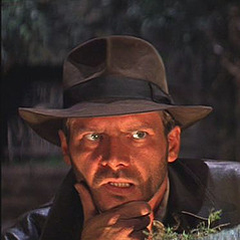

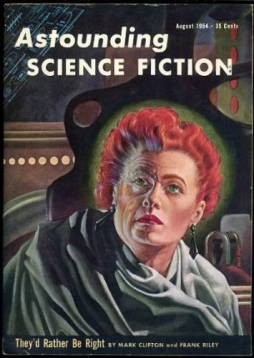 I want to write about Star Trek. Specifically, about the episode “The City on the Edge of Forever.” But I’m not going to do that right now. I’ll get there, but I’m going to start off by writing about a well-known prose sf story that to me parallels “City” in some interesting ways. Then, in my next post, I’ll go on to write about the Trek episode and make a fuller comparison (edit to add: time having passed,
I want to write about Star Trek. Specifically, about the episode “The City on the Edge of Forever.” But I’m not going to do that right now. I’ll get there, but I’m going to start off by writing about a well-known prose sf story that to me parallels “City” in some interesting ways. Then, in my next post, I’ll go on to write about the Trek episode and make a fuller comparison (edit to add: time having passed, 